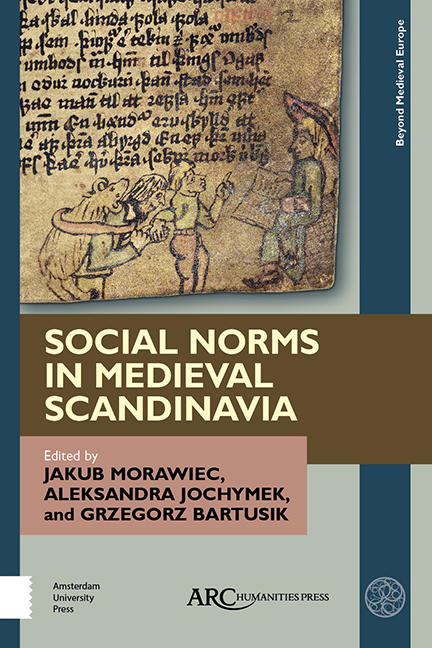Chapter 12 - Enchanting the Land: Monstrous Magic, Social Concerns, and the Natural World in the Íslendingasögur
Published online by Cambridge University Press: 20 November 2020
Summary
THE ÍSLENDINGASÖGUR HAVE often been classified as a genre of literature that is characterized by its inherent realism, by an interest in the social without much deviation into discussions of the paranormal events and characters that apparently only distract from this realism. For this reason, some of the supposedly later, so-called “postclassical” sagas have been neglected by scholarship, and many of the paranormal events and characters that do appear in these narratives have long been ignored. In recent years, this has started to change, and more and more studies on the paranormal and fantastic features of the Íslendingasögur have been published, for example by scholars like Ármann Jakobsson. Two things, however, have not changed: firstly, despite so many paranormal elements having been addressed, the monstrous has not been accounted for to the same extent. And secondly, the following assertion, written by Kathryn Hume in 1980, still seems to hold some truth. She stated that “the family sagas’ focus on social conflict suits modern predilection in a way that giants and dragons do not,” implying not only that, as I noted, the monstrous has often been read out of the sagas, but also that the social and the monstrous are essentially separate issues. This attitude seems to prevail until the present day. Even in the introduction to their recent volume on Old Norse and Folklore, Daniel Sävborg and Karen Bek-Pedersen, while also critiquing previous scholars’ attitudes to the Íslendingasögur, seem to reinforce this bias regarding the separateness of the social and the paranormal dimensions in these narratives. I, however, argue that this is not the case. For the character types that I argue to be monstrous— revenants, major outlaws, berserkir, and the magic-users that are the topic of this article— all are connected to and interact with society.
In order to show that the paranormal and the social, the monstrous and the human, are ultimately and inseparably entwined, I utilize both theory and close reading, and my conceptualization of the monstrous is informed by the useful conceptual framework provided by Jeffrey Jerome Cohen's “monster theory.”
- Type
- Chapter
- Information
- Social Norms in Medieval Scandinavia , pp. 213 - 228Publisher: Amsterdam University PressPrint publication year: 2019



